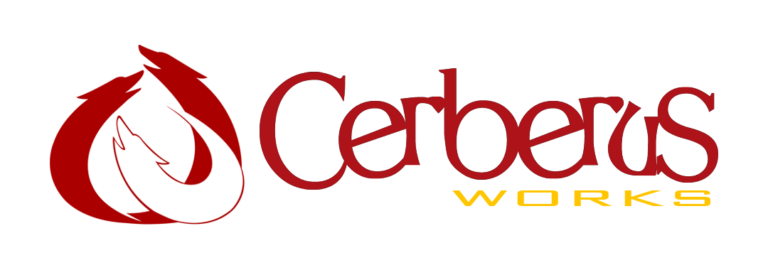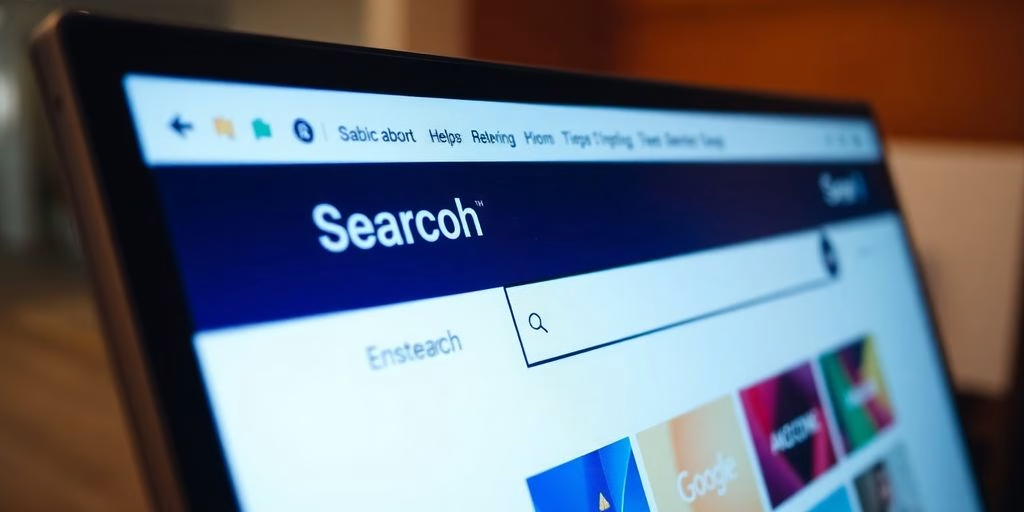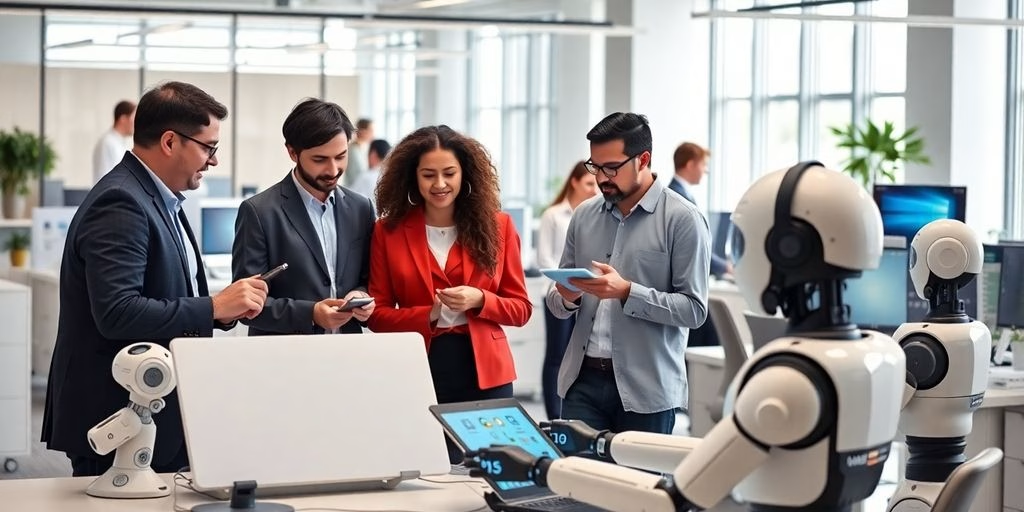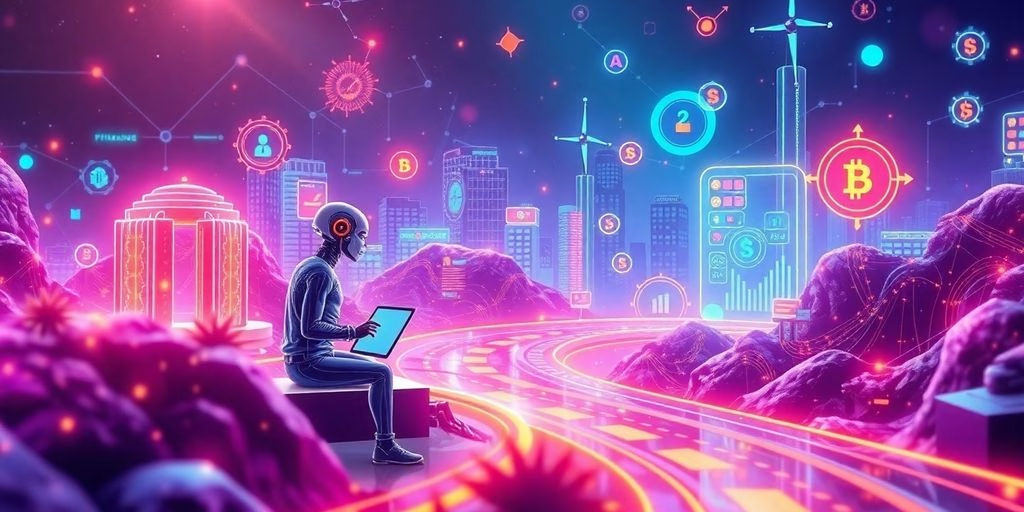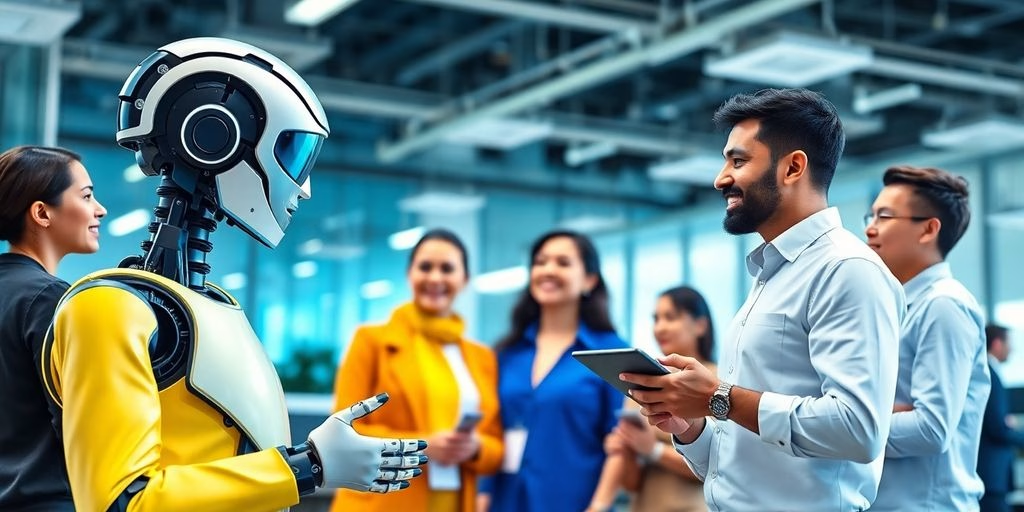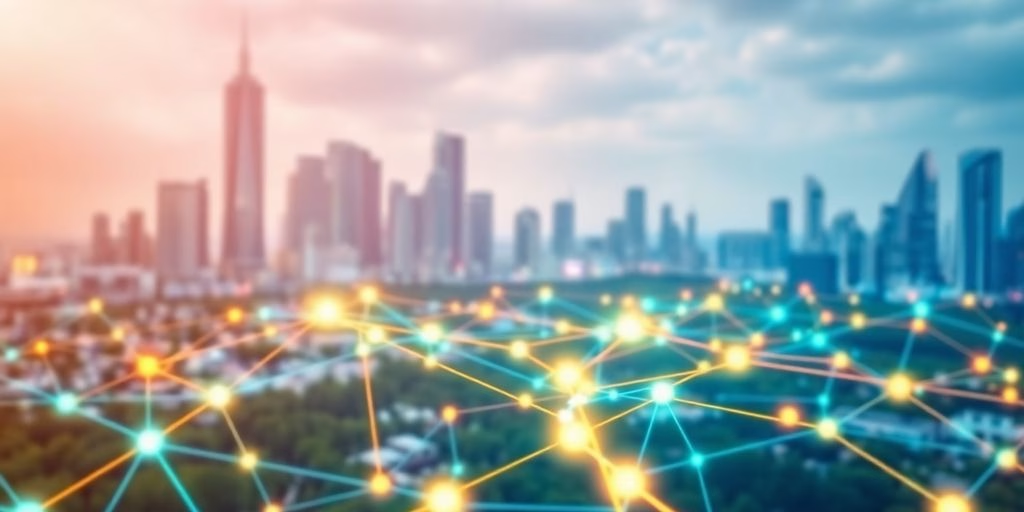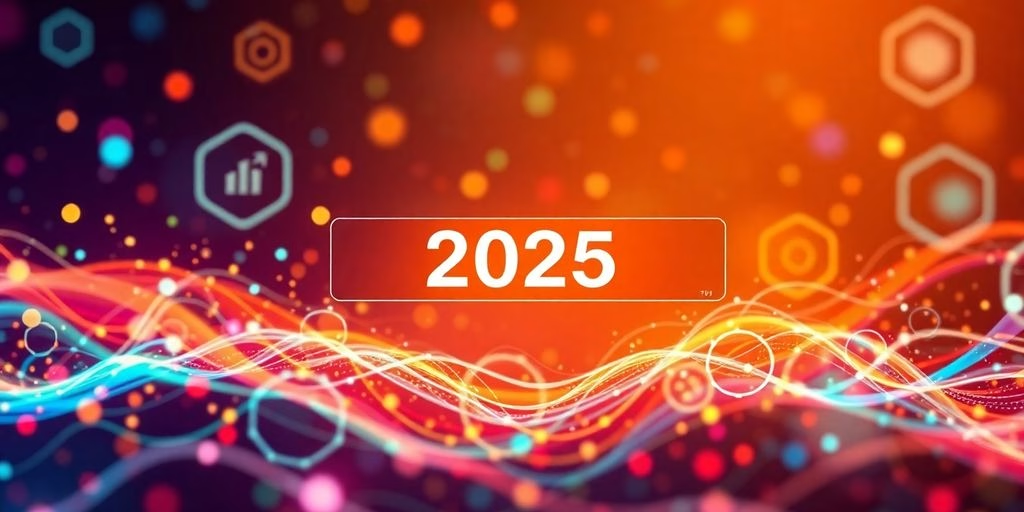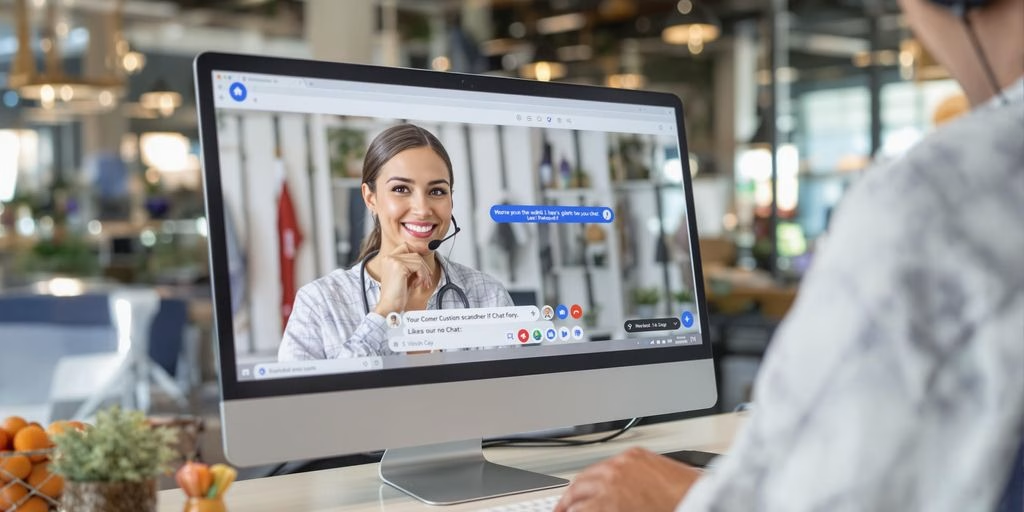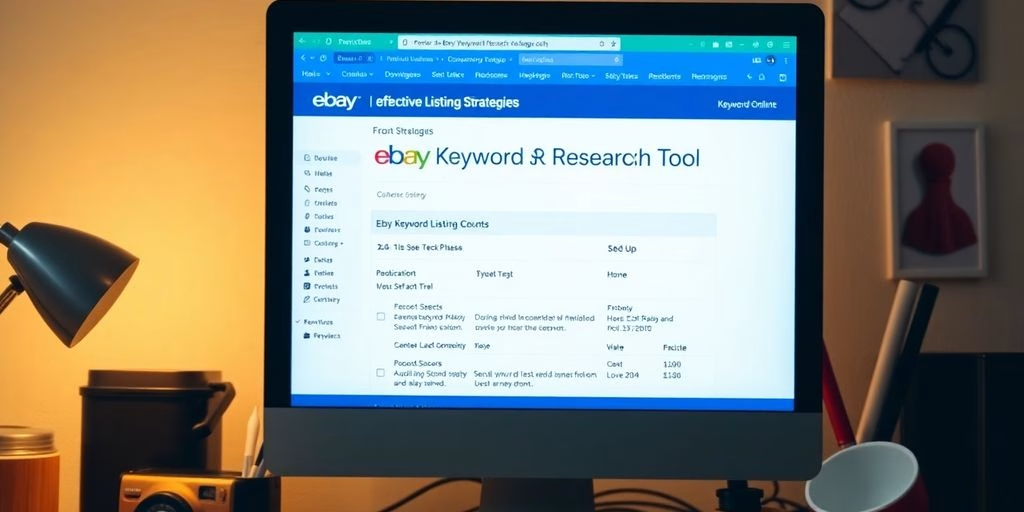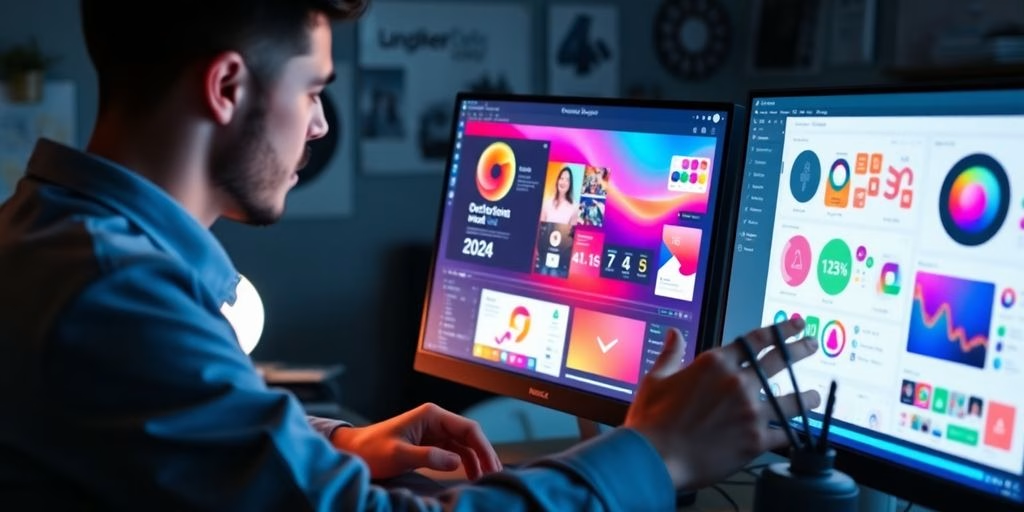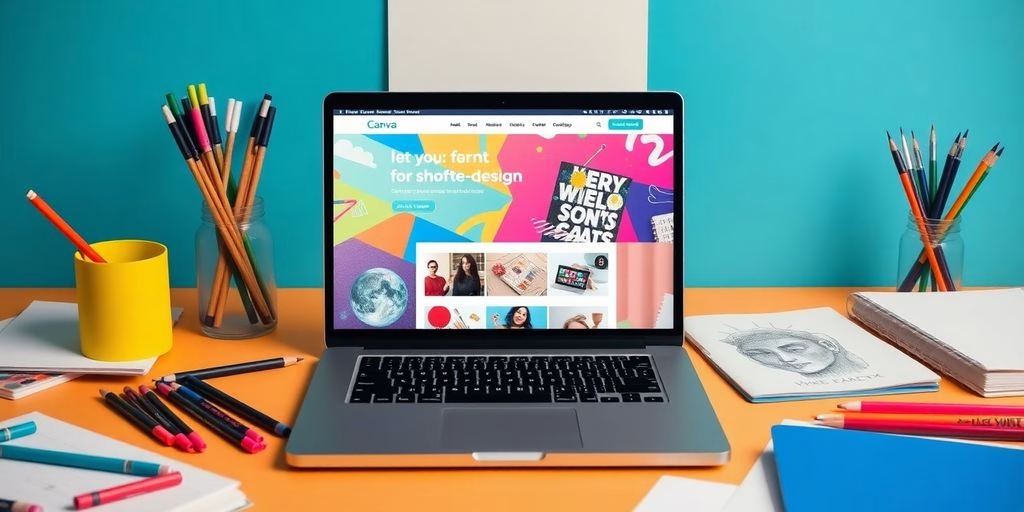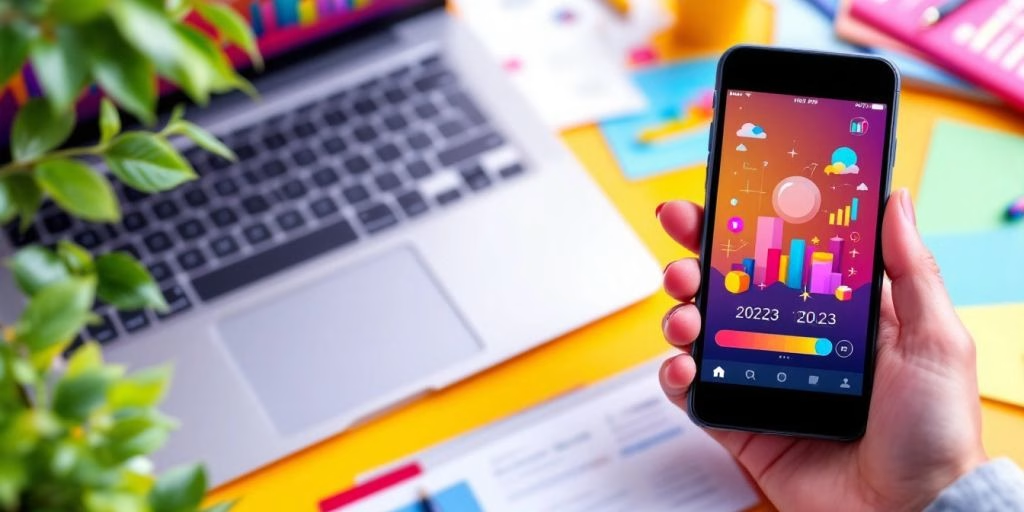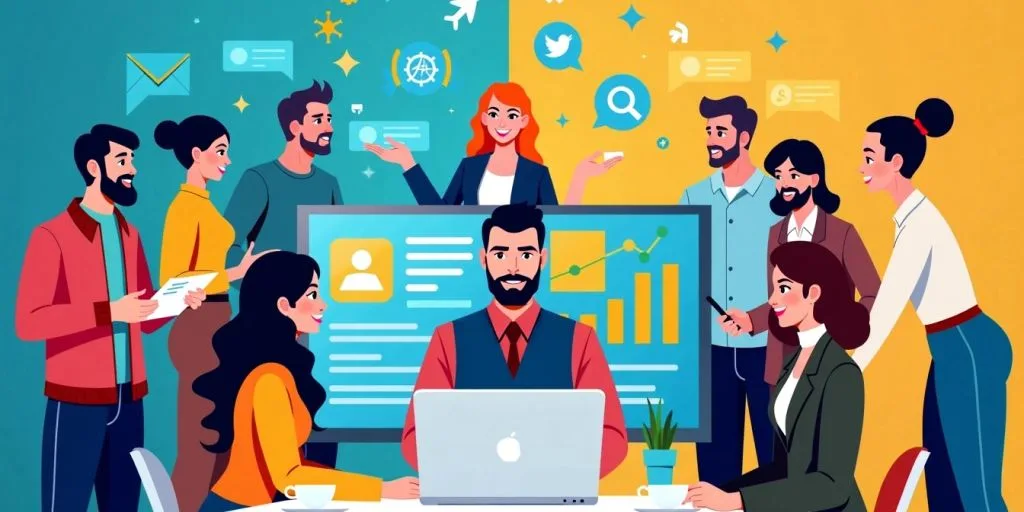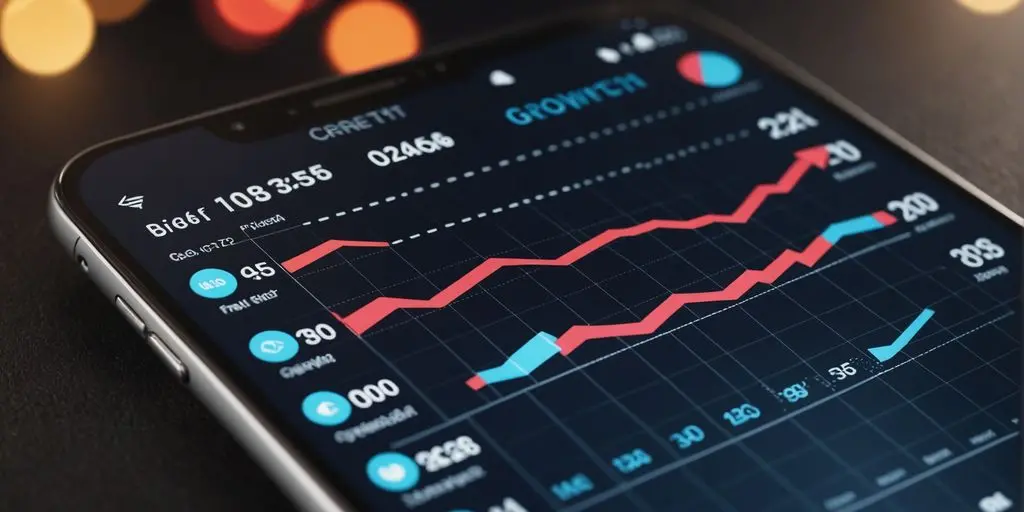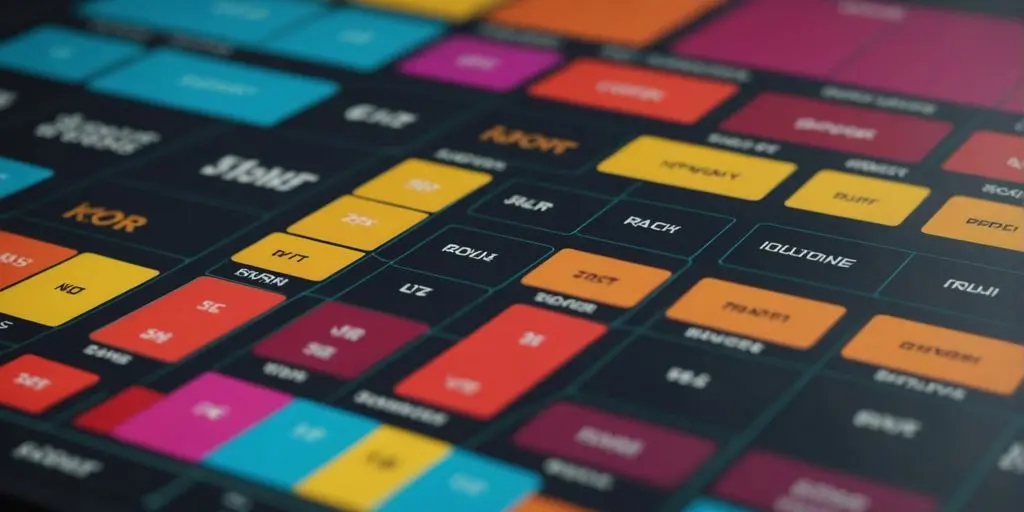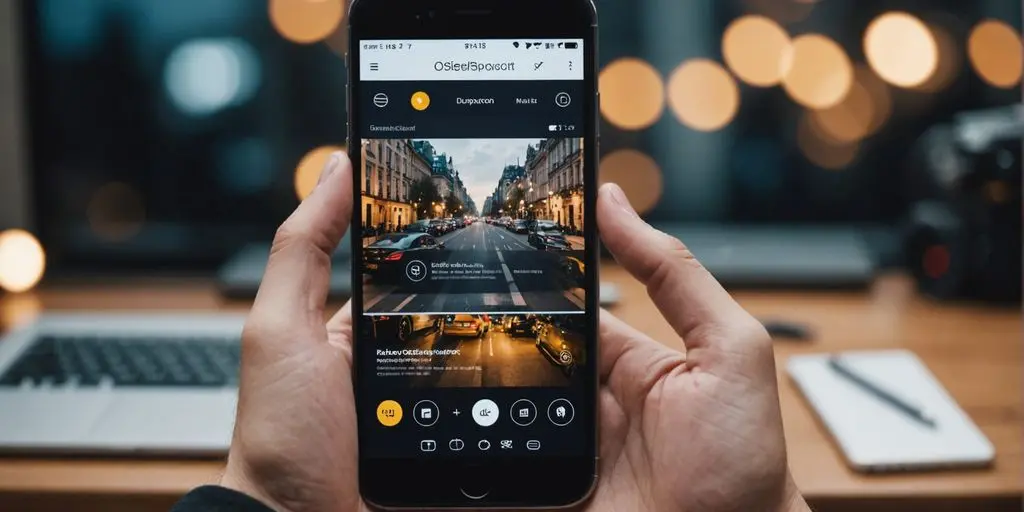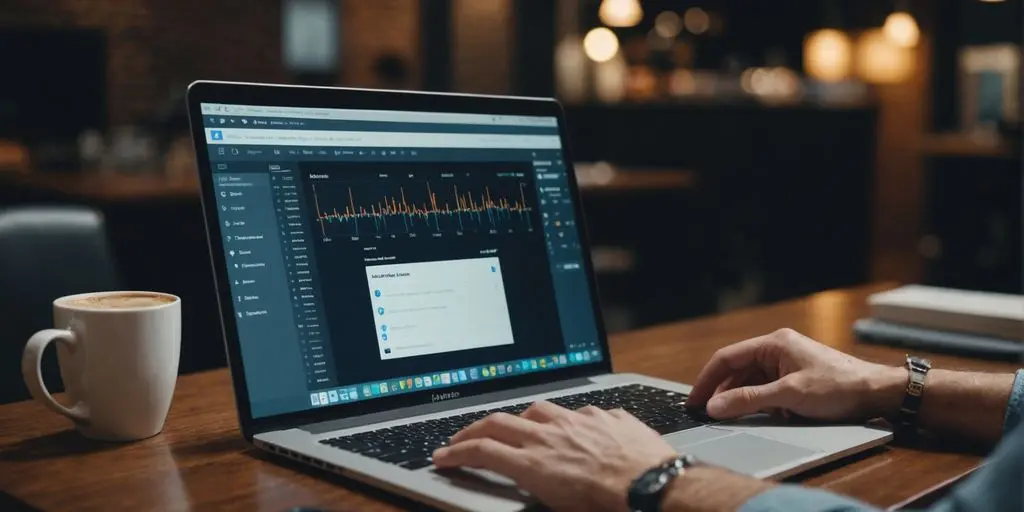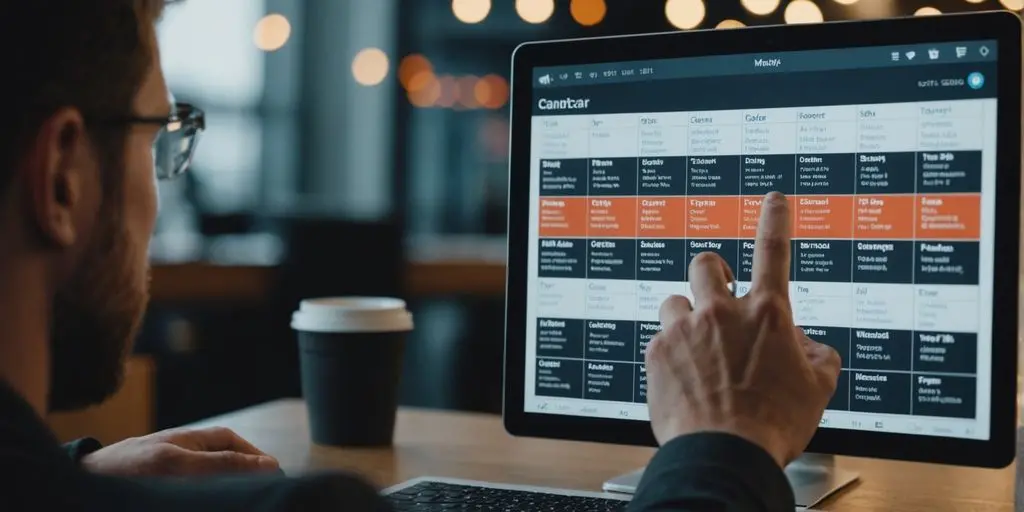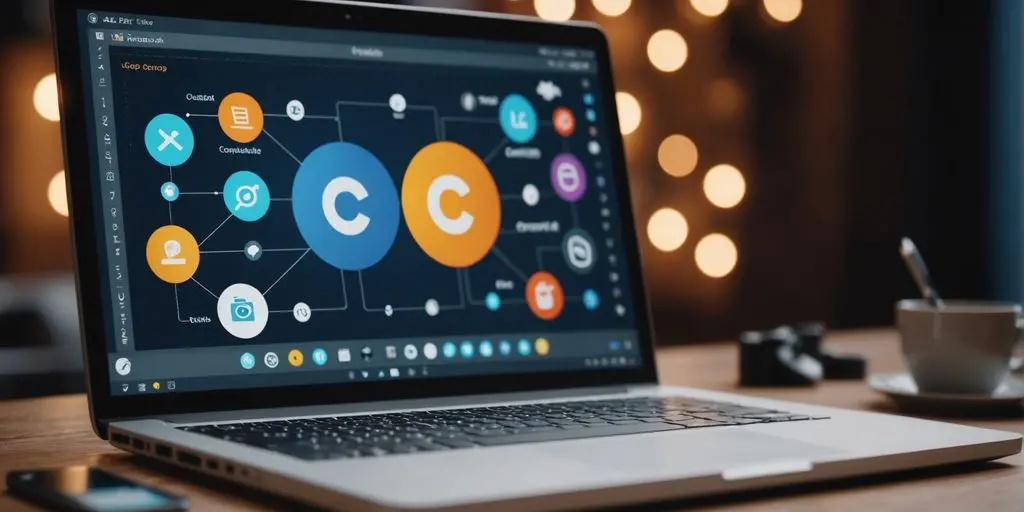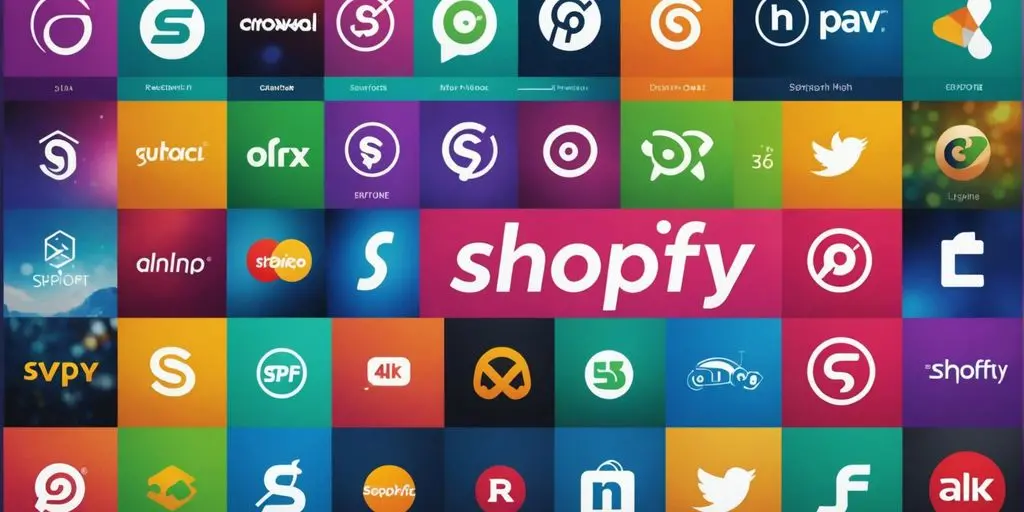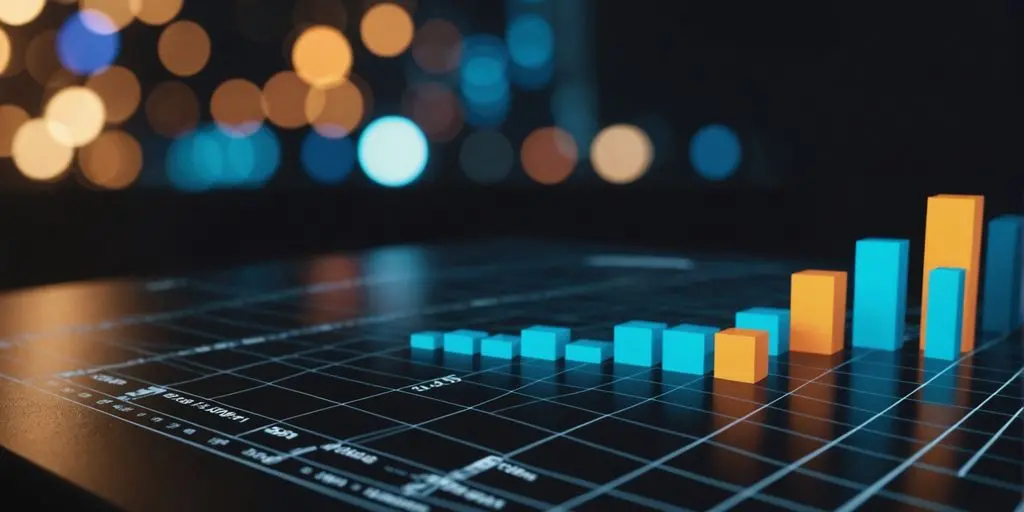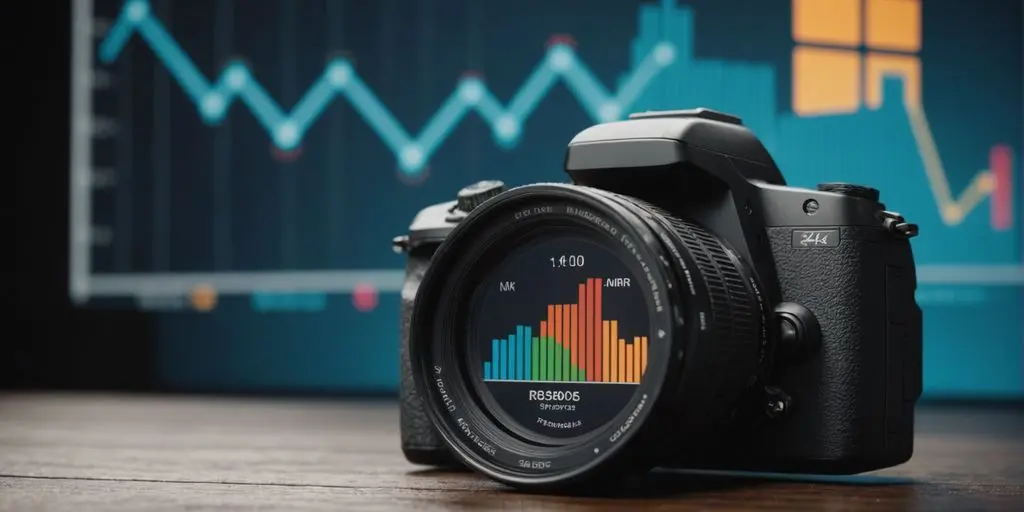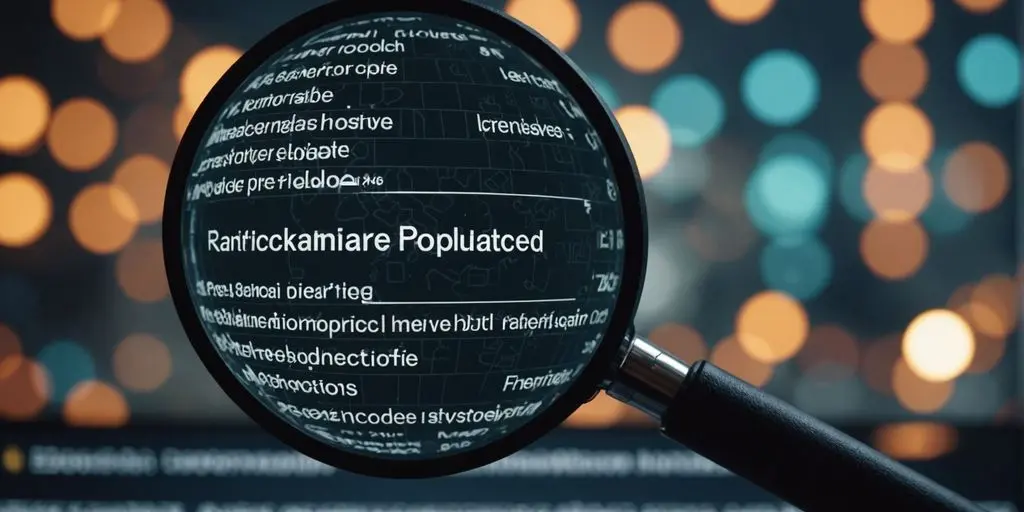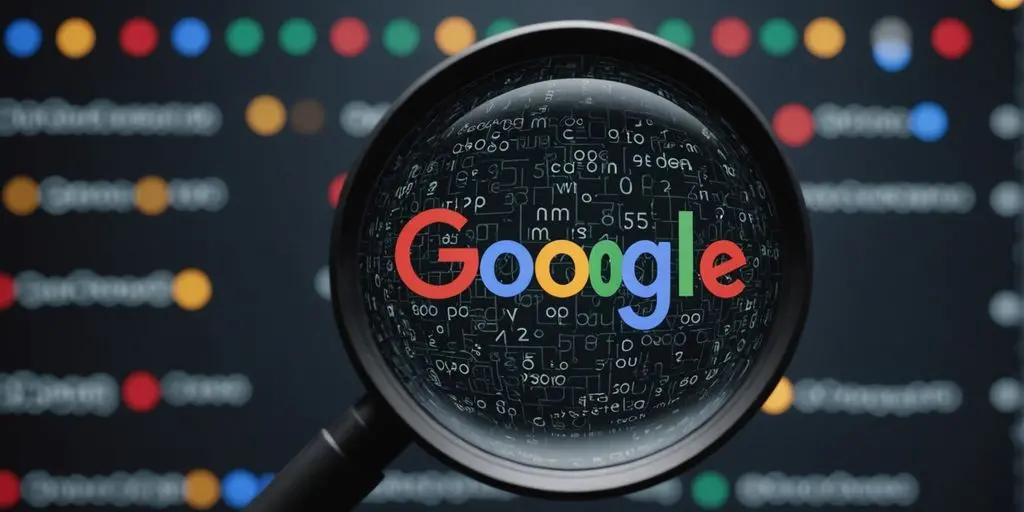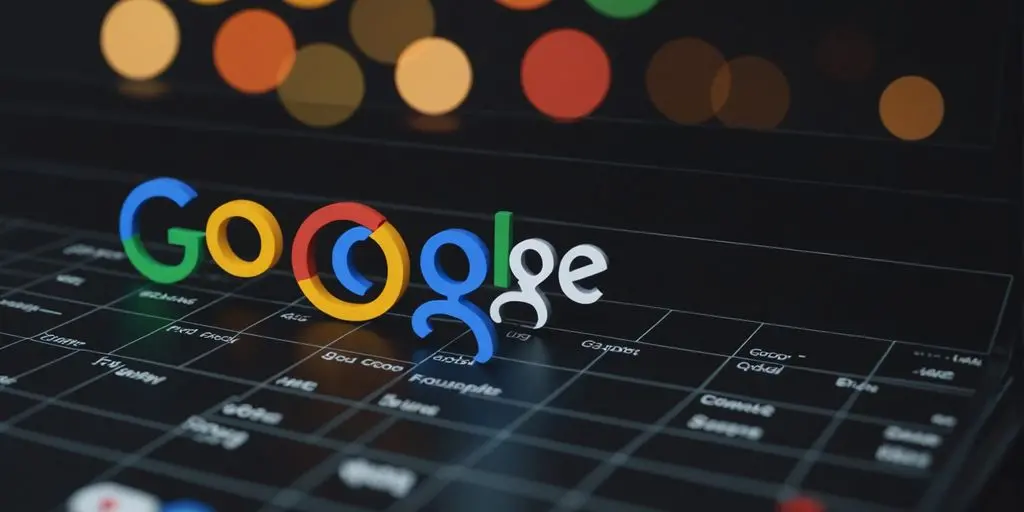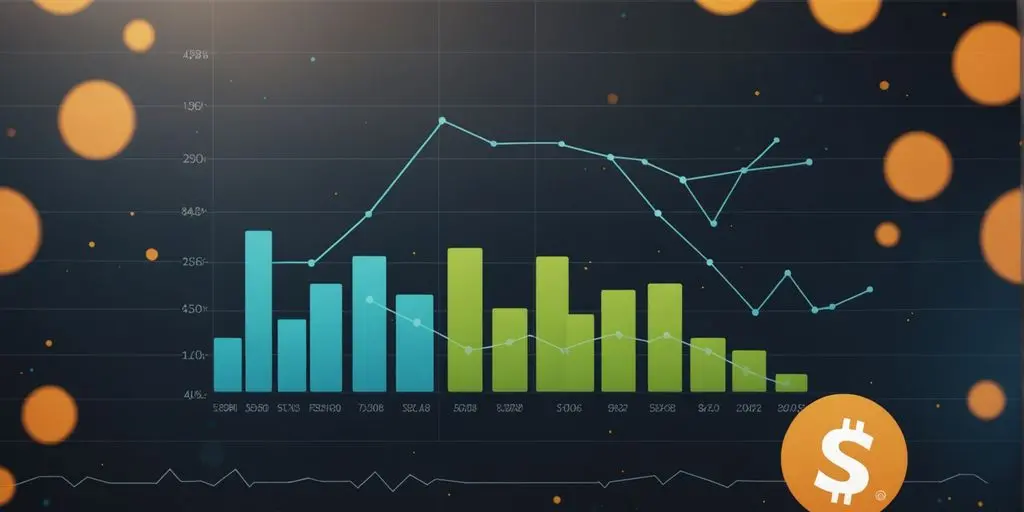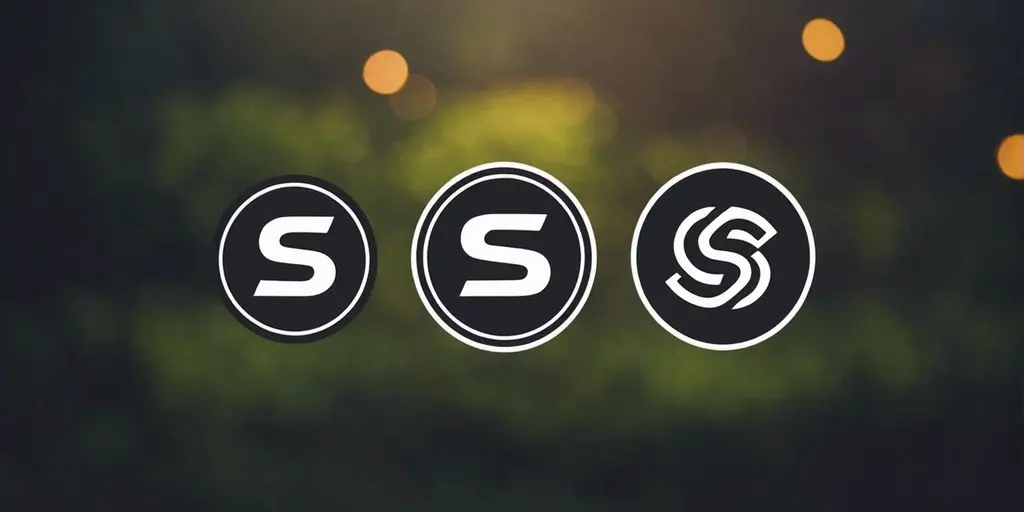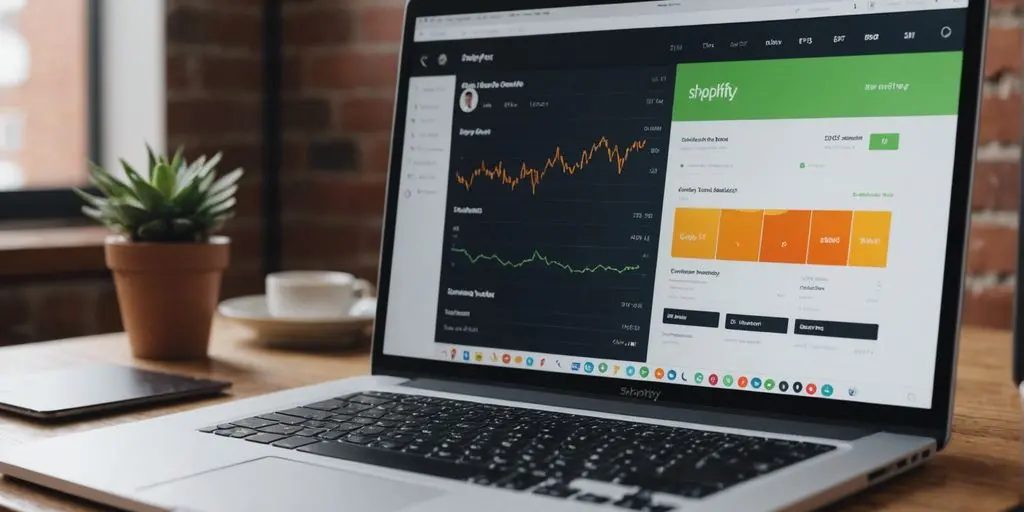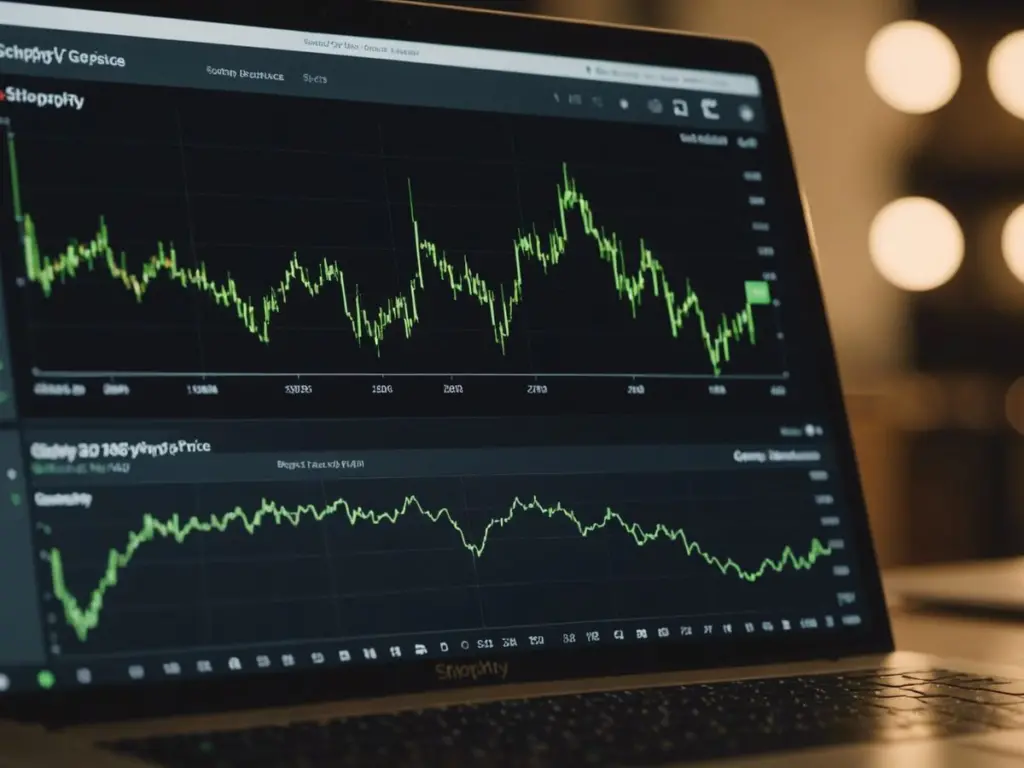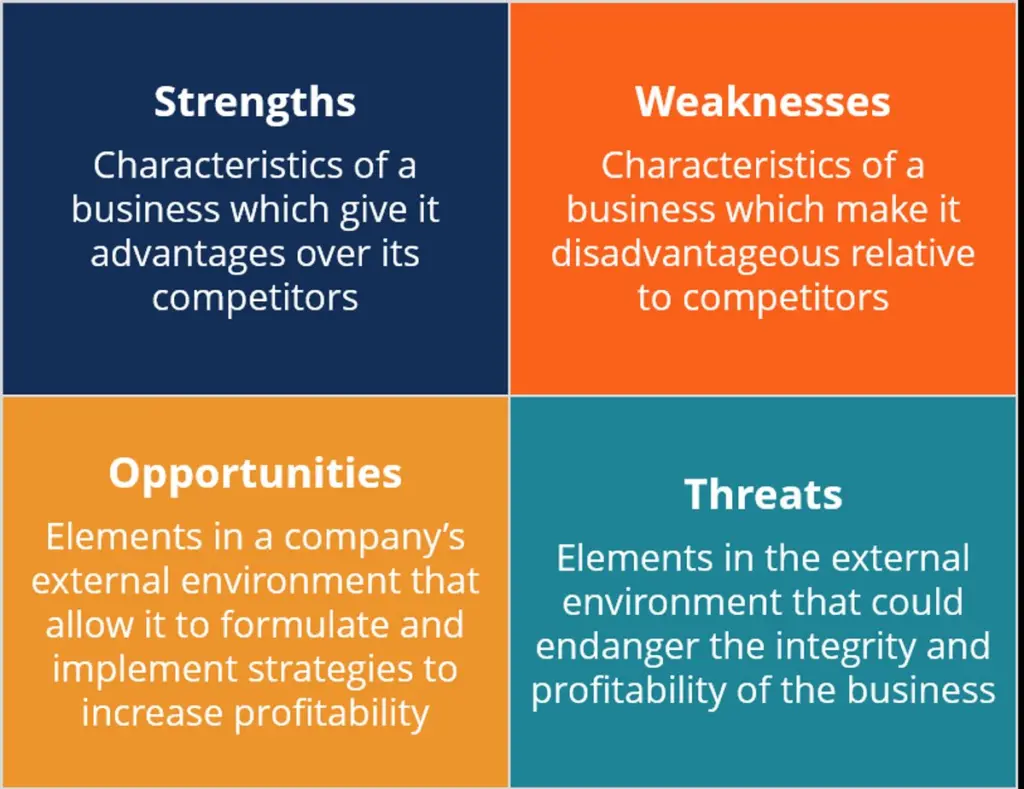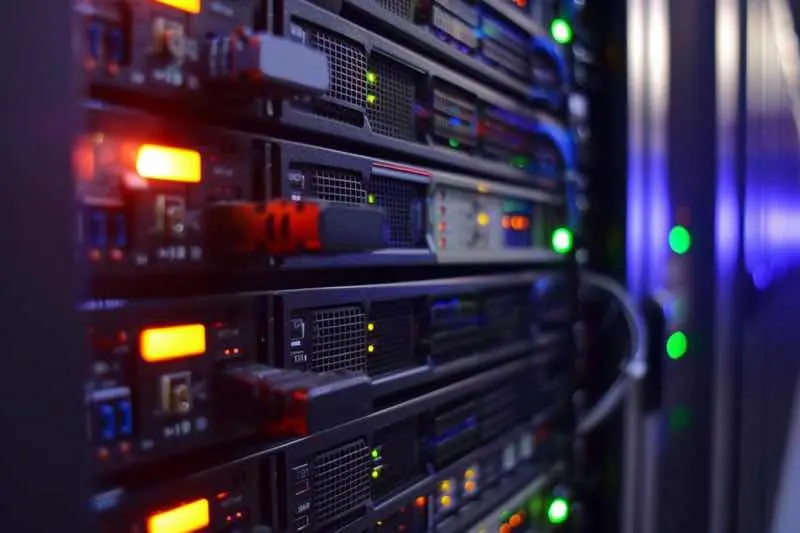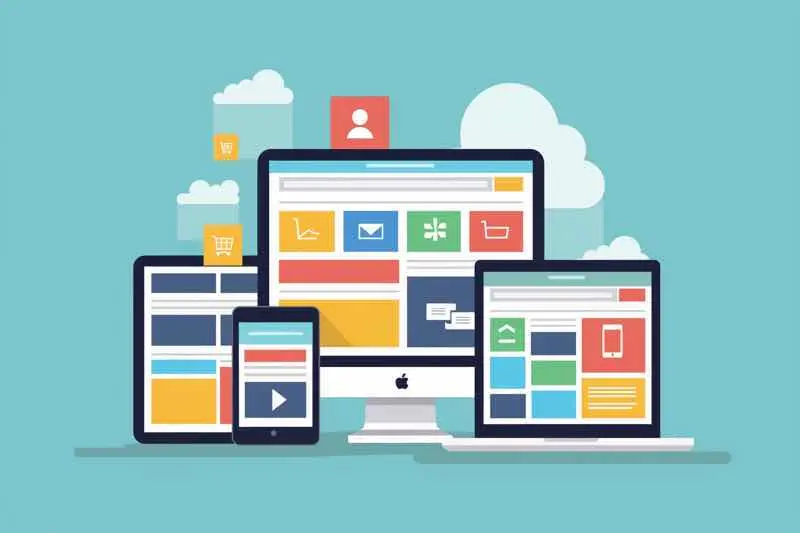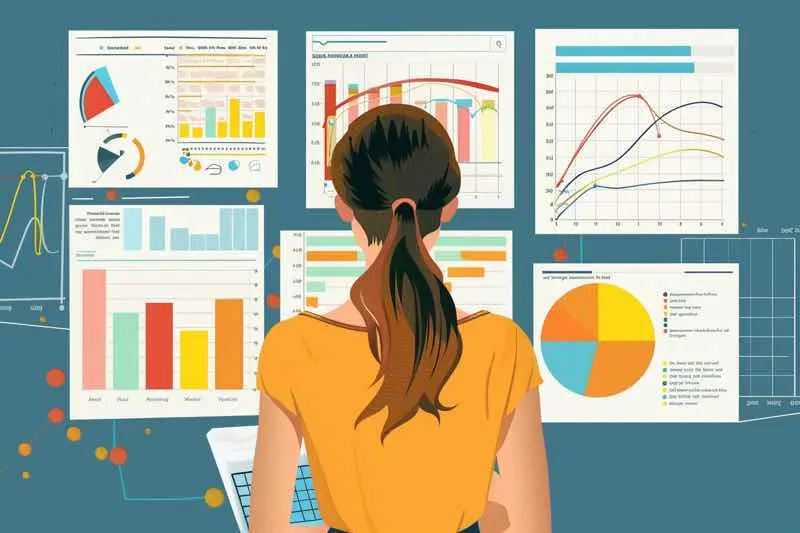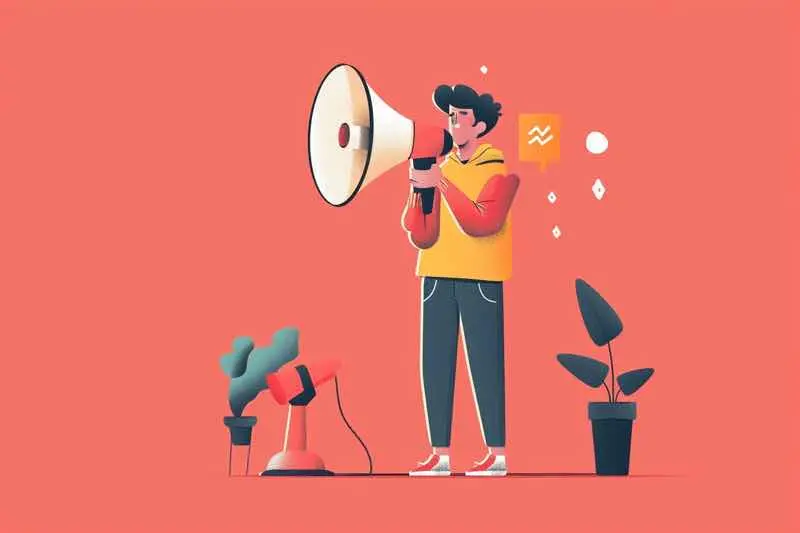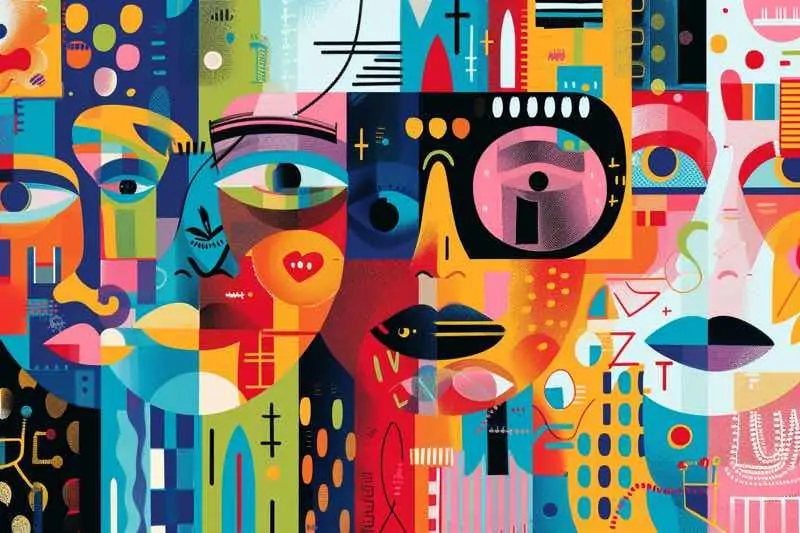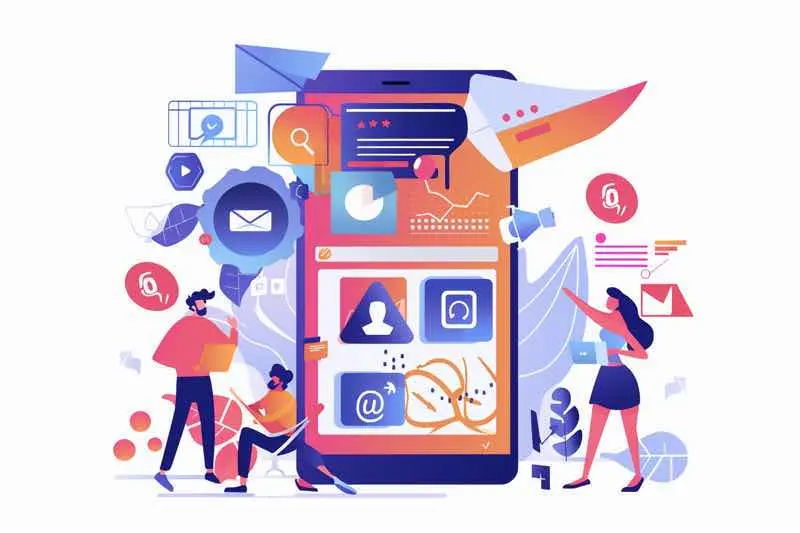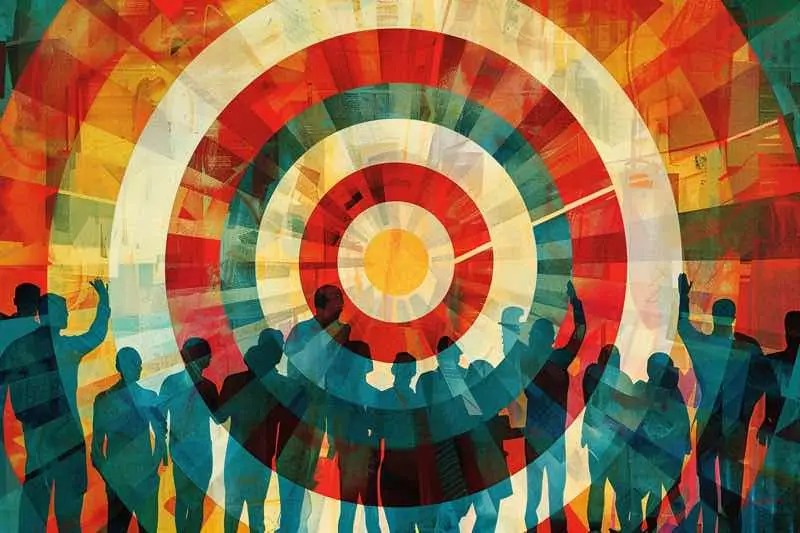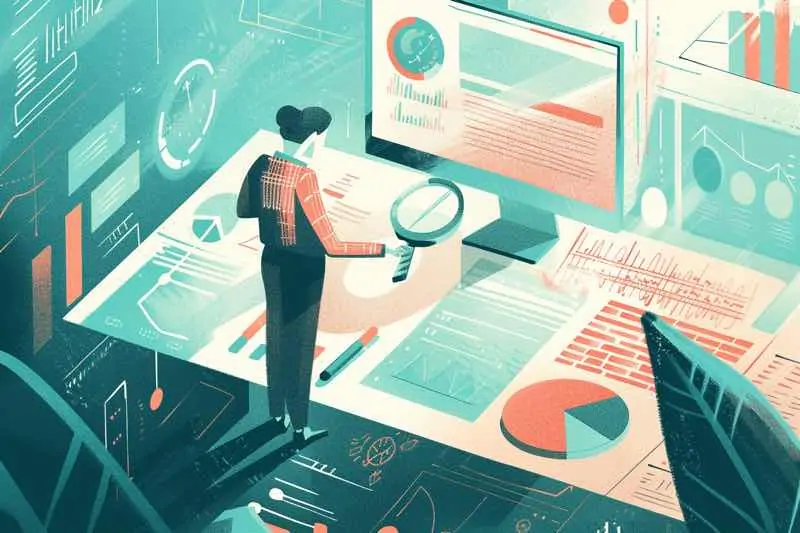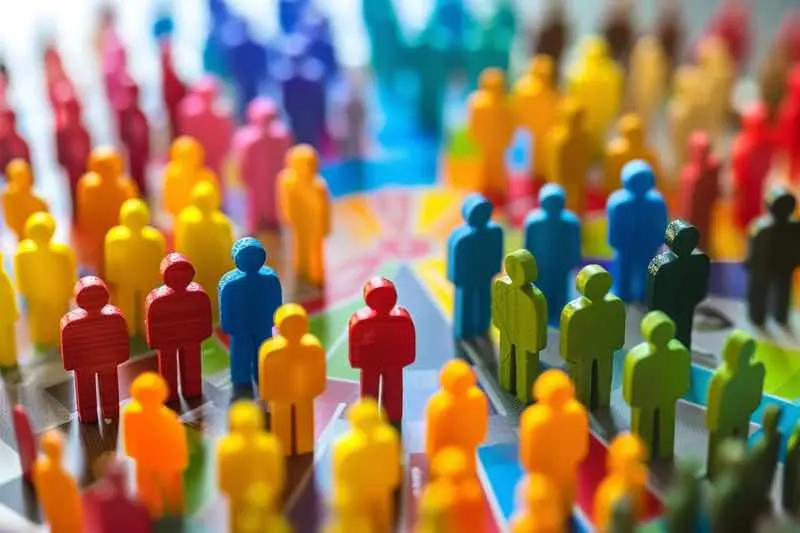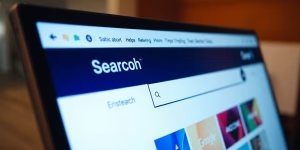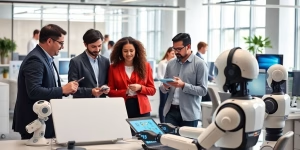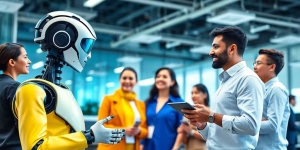Microsoft has unveiled a groundbreaking expansion of its AI tools with the launch of new AI agents designed to transform workplace productivity. This initiative, part of the Microsoft 365 Copilot Wave 2 Spring release, aims to integrate AI as a collaborative partner in daily tasks, potentially reshaping the future of work.
Daftar Isi
BeralihHal-hal Penting yang Dapat Dipetik
- Microsoft introduces AI agents, Researcher and Analyst, to assist in complex tasks.
- The company reports a significant productivity gap, with many workers feeling overwhelmed.
- AI adoption is shifting from employee-led to a more strategic, top-down approach.
- Organizations are expected to restructure around AI capabilities, creating new roles and workflows.
The New AI Agents: Researcher and Analyst
At the heart of Microsoft’s new offering are two AI agents: Researcher and Analyst. These agents leverage advanced reasoning models to perform tasks that typically require specialized human skills.
- Researcher: Assists in gathering and synthesizing information for reports and presentations.
- Analyst: Focuses on data analysis, helping teams make informed decisions based on complex datasets.
Aparna Chennapragada, Chief Product Officer at Microsoft, emphasized that these agents act like “smart colleagues” who can enhance productivity by connecting disparate information sources and providing actionable insights.
Addressing Workplace Challenges
Microsoft’s research highlights a pressing issue in modern workplaces: the “Capacity Gap.” Key findings include:
- 53% of leaders believe productivity must increase.
- 80% of workers report feeling they lack the time or energy to complete their tasks.
- Employees face an average of 275 interruptions daily, equating to one every two minutes.
Chennapragada noted that AI agents could help bridge this gap by augmenting human capabilities rather than replacing jobs. This perspective aligns with the company’s vision of a future where employees manage AI agents to enhance their work output.
The Shift in AI Adoption
The landscape of AI adoption is evolving. Previously, the trend was largely driven by employees seeking tools to improve their workflows. However, recent data indicates a shift towards a more strategic, top-down approach:
- 81% of business leaders are rethinking their core strategies with AI in mind.
- Leaders are more familiar with AI agents than employees, with 67% of leaders aware compared to 40% of the workforce.
This change suggests that organizations are beginning to recognize the potential of AI to transform operations fundamentally.
The Future of Work: Human-Agent Collaboration
Microsoft envisions a future where workplaces are structured around what they call “Work Charts,” which prioritize fluid, outcome-driven team dynamics powered by AI agents. This new model will require organizations to determine the optimal balance of human and AI collaboration, known as the “human-agent ratio.”
- Agent Boss: Every employee is expected to become an “agent boss,” managing AI tools to maximize productivity.
- New Roles: As AI becomes more integrated, companies will likely create new positions focused on AI management, such as AI trainers and data specialists.
Kesimpulan
As Microsoft prepares to roll out these AI tools, the implications for the workforce are profound. The integration of AI agents into daily operations promises to not only enhance productivity but also redefine the roles and responsibilities of employees in the workplace. The future of work is here, and it is powered by AI.
